Analysis of Price Elasticity of Demand and the Impact of Tariffs
VerifiedAdded on 2022/11/14
|5
|701
|115
Report
AI Summary
This report examines the price elasticity of demand and its implications for a company importing fruits and vegetables. The analysis focuses on how the company, Fresh Food on the Move, can respond to the imposition of tariffs. The report defines price elasticity of demand and categorizes it as relatively elastic, inelastic, or unitary elastic, based on how quantity demanded changes with price. The estimated price elasticity of demand for food in the U.S. is discussed, highlighting its inelastic nature. The core recommendation to the board is to pass the increased costs from tariffs onto consumers by raising prices, leveraging the inelastic demand to maintain revenue. The report explains how this strategy can offset the cost burden and support profit maximization. The analysis also includes a review of relevant economic literature to support the recommendations.
1 out of 5
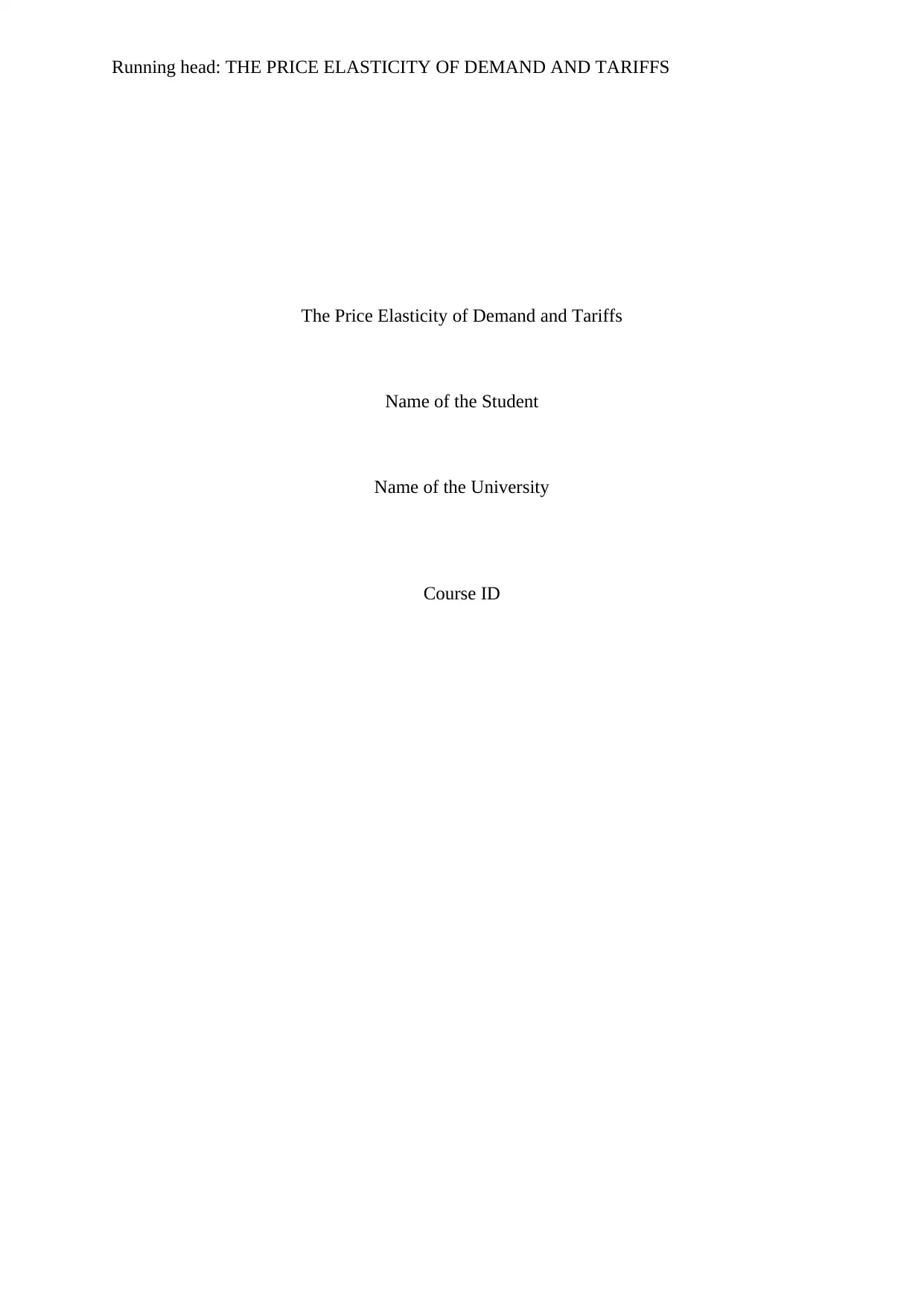
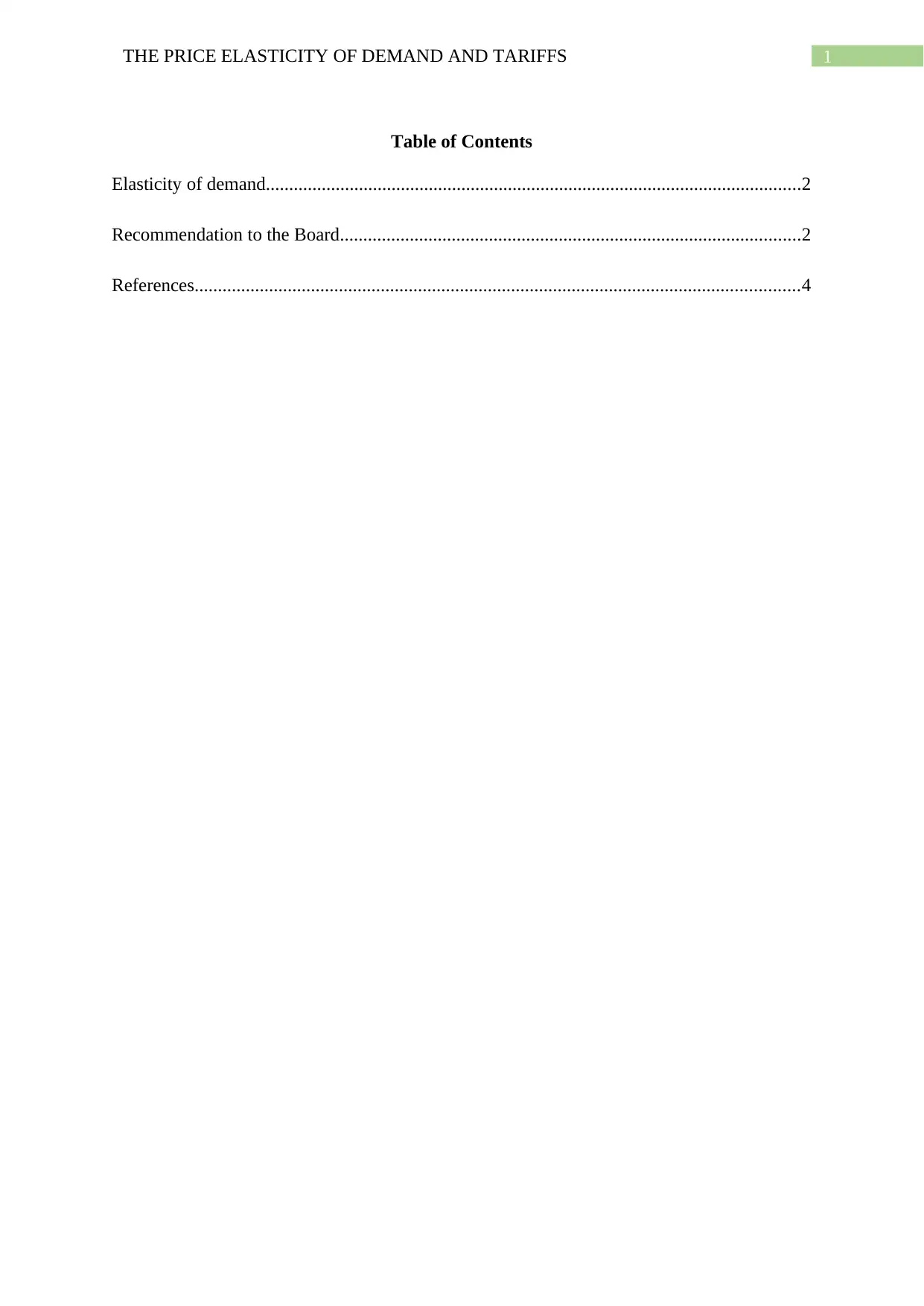
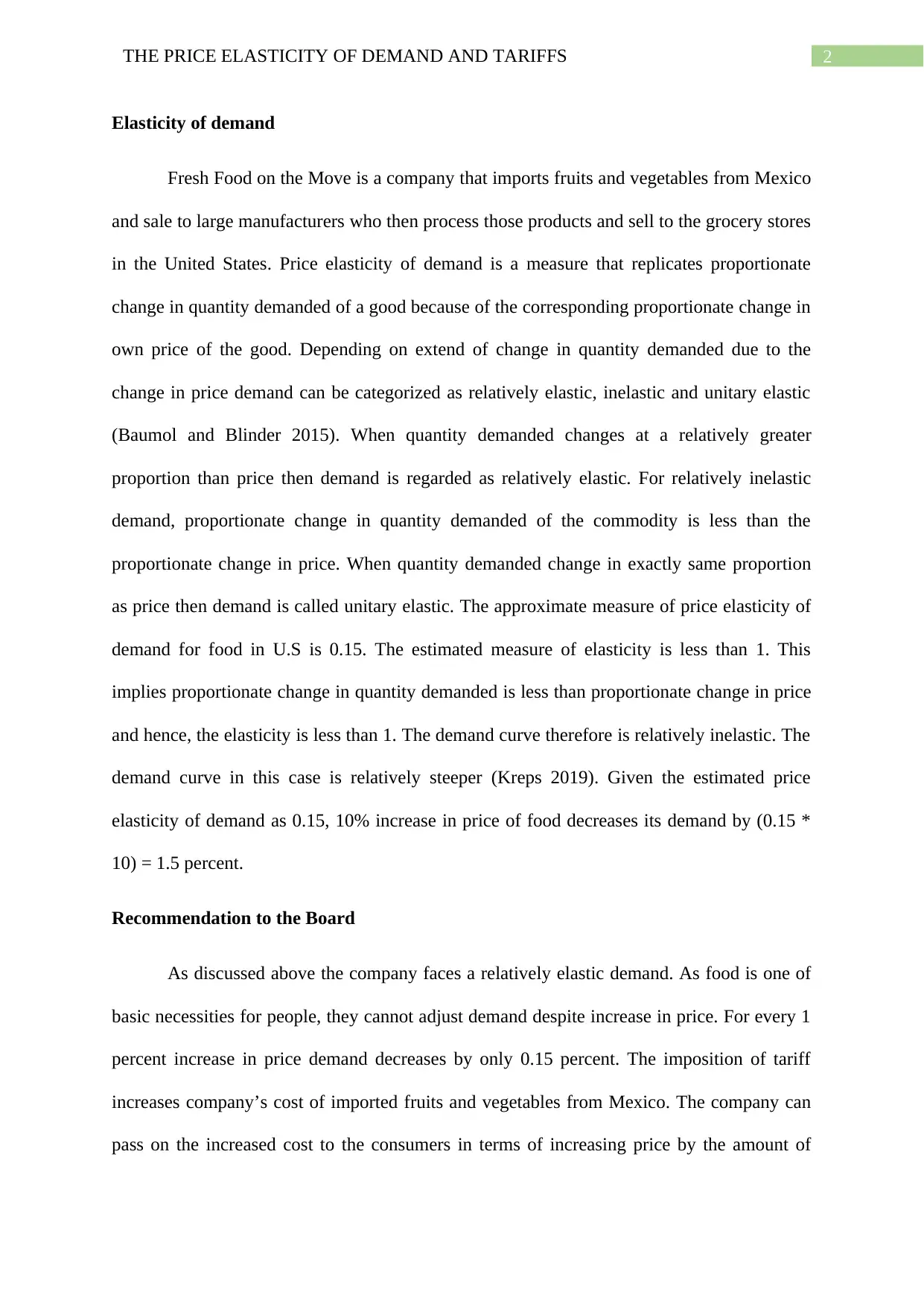

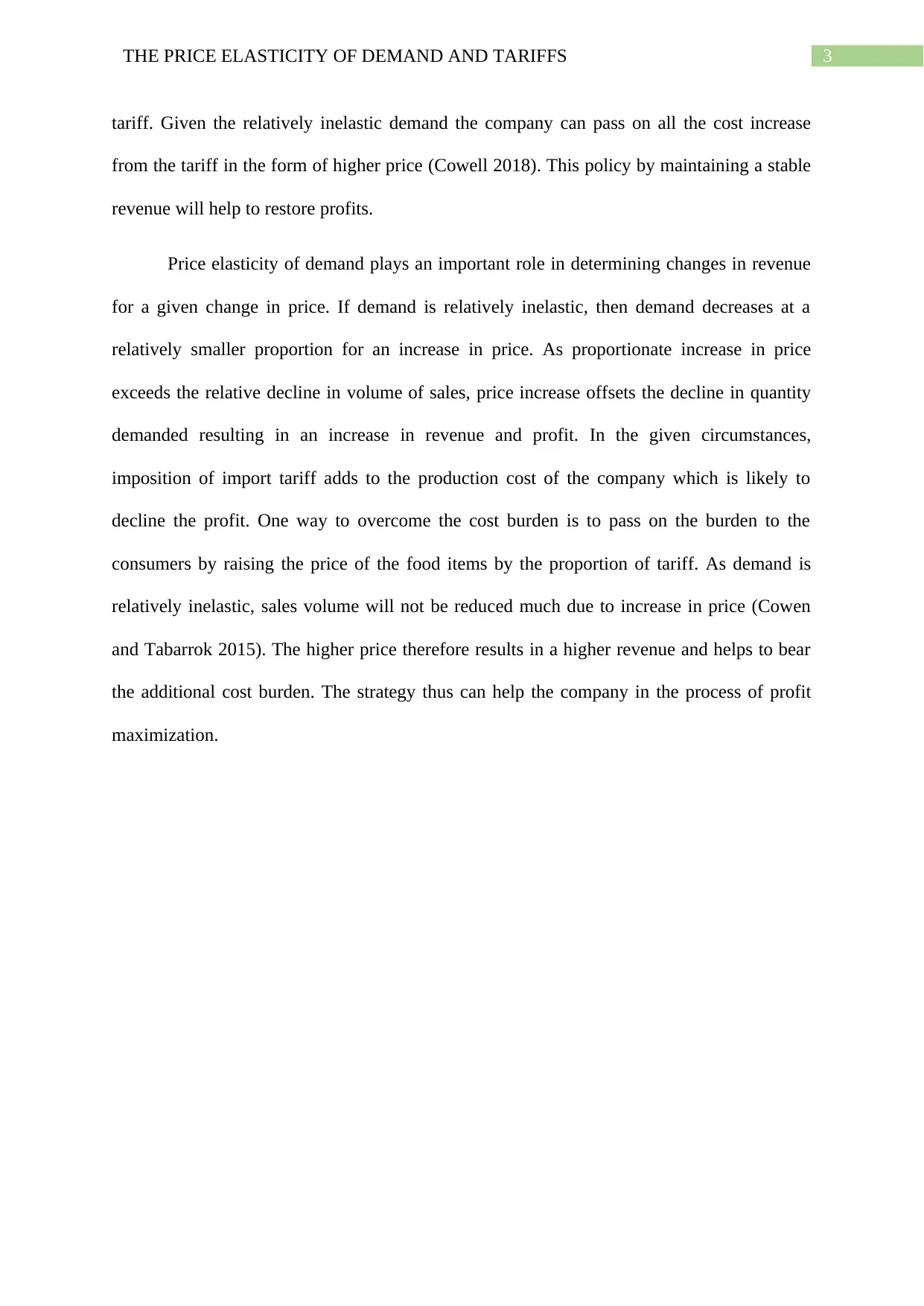
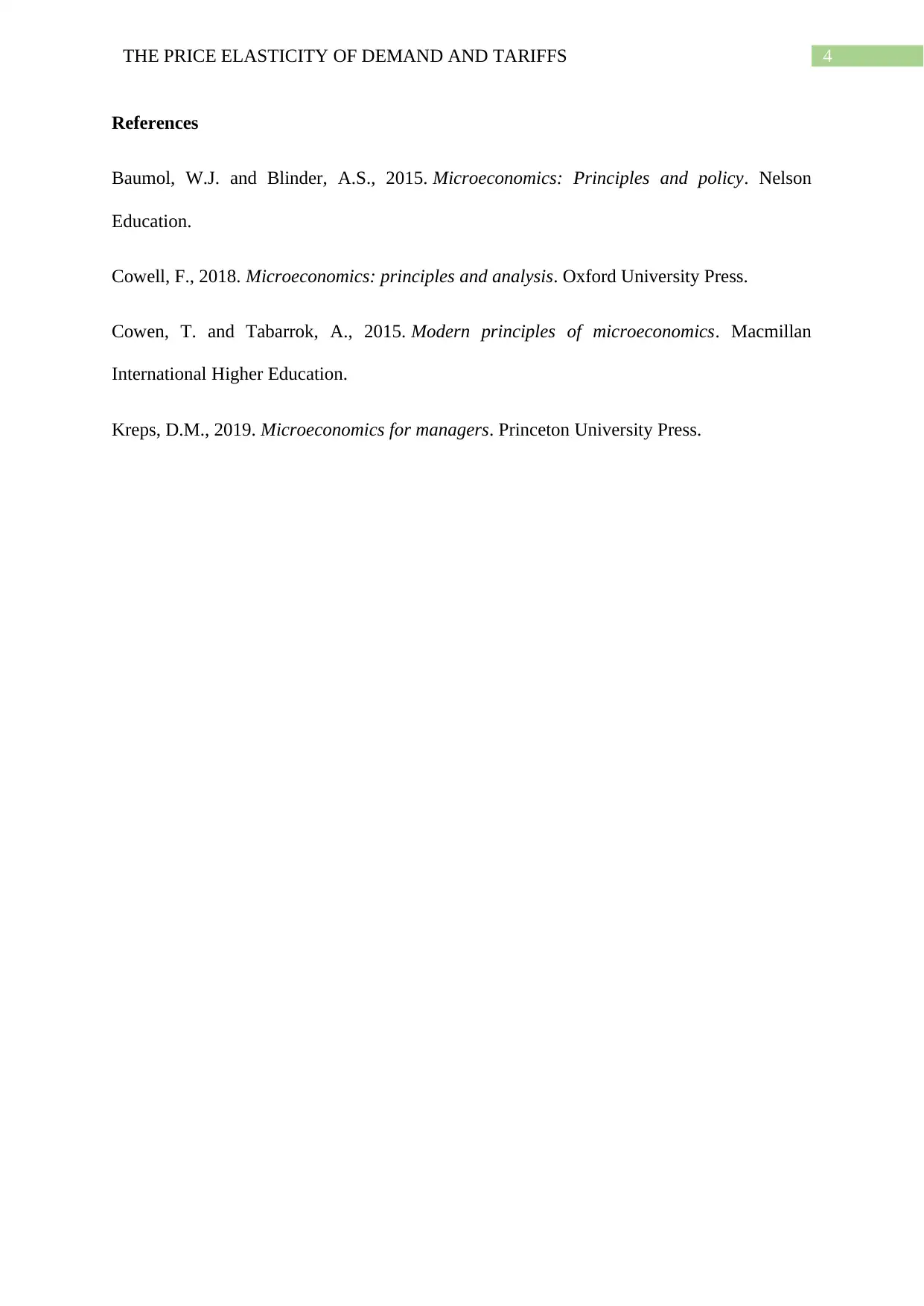





![[object Object]](/_next/static/media/star-bottom.7253800d.svg)